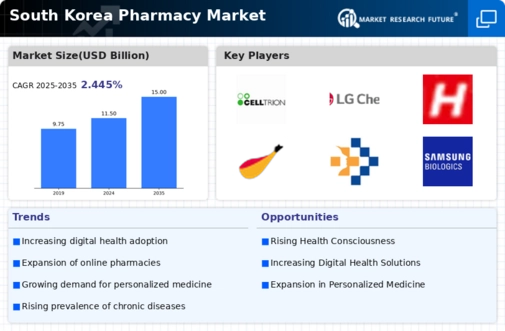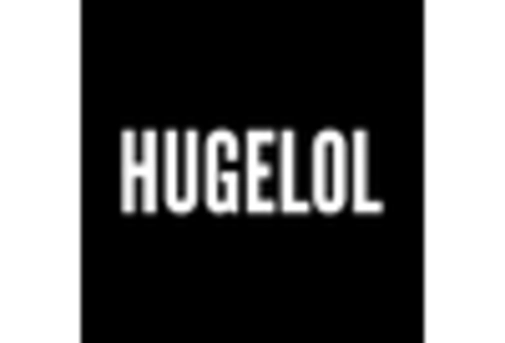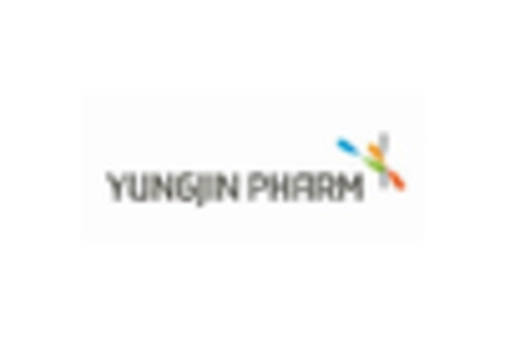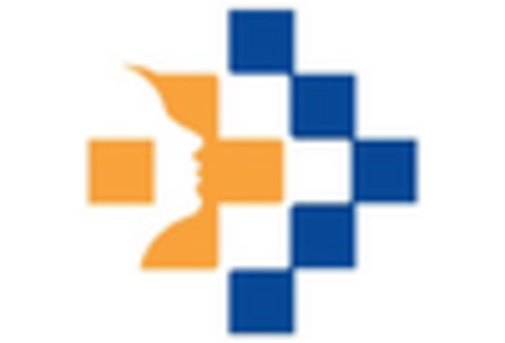The South Korea Pharmacy Market is characterized by a dynamic competitive landscape, driven by technological advancements, regulatory frameworks, and shifting consumer demands. The market is evolving with an increasing focus on personalized medicine, biotechnology, and the integration of digital health solutions. As a result, pharmaceutical companies are not only competing on product efficacy but also on innovation and service delivery. The presence of established domestic players, along with multinational corporations, creates a multifaceted competition environment.
South Korea’s robust healthcare infrastructure, coupled with a high level of investment in research and development, continues to attract new entrants and foster collaboration between various stakeholders, ensuring a healthy competitive landscape.
Companies are increasingly focusing on unique value propositions, which include patient-centered services, comprehensive product portfolios, and strategic partnerships aimed at enhancing distribution networks and market access.Celltrion stands as a prominent player in the South Korea Pharmacy Market, known for its pioneering work in biosimilars and biopharmaceuticals. The company has leveraged its extensive research and development capabilities to create innovative products aimed at treating complex conditions, thereby establishing itself as a crucial contributor to the national healthcare system. Celltrion's commitment to quality and efficacy has allowed it to strengthen its brand visibility and trust among healthcare professionals and patients alike.
Additionally, its focus on collaboration and partnerships with local hospitals and clinics has positioned the company favorably in the market. Celltrion’s ability to enter international markets while maintaining a strong presence domestically allows it to maximize its growth potential and diversify its revenue streams.
LG Chem, another key player within the South Korea Pharmacy Market, specializes in both prescription medications and over-the-counter products, showcasing a diverse product portfolio. The company is recognized for its strength in pharmaceuticals, particularly in innovative drug development, which emphasizes research-oriented solutions aligned with the latest healthcare trends. LG Chem invests heavily in R&D to develop cutting-edge therapies, including oncology, neurology, and rare diseases, enhancing its market position.
The company has pursued strategic mergers and acquisitions to expand its capabilities and product offerings, further strengthening its competitiveness in the pharmaceutical sector. LG Chem's established relationships with healthcare providers and its focus on sustainability and advanced manufacturing processes solidify its presence in the South Korean market, setting a high standard among competitors in the industry.




















Leave a Comment